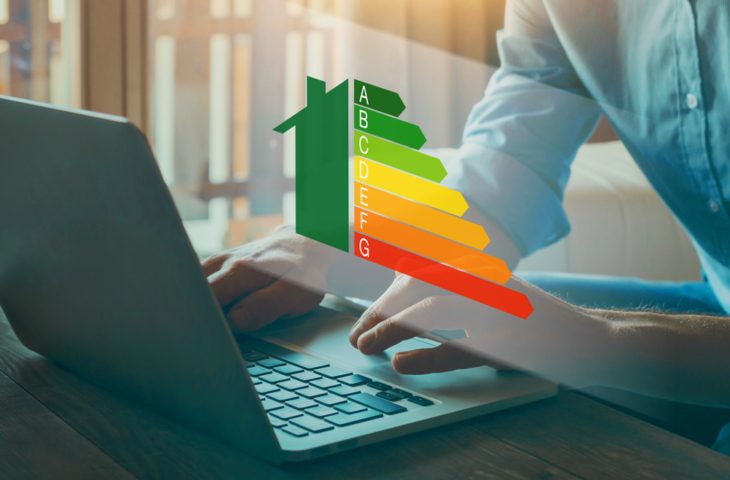Why no energy label for software?
- May 24, 2023
- 0
Your fridge, desk lamp and computer screen all have an energy label, so why not your software too? WithSecure is pushing for a standard that reflects code energy
Your fridge, desk lamp and computer screen all have an energy label, so why not your software too? WithSecure is pushing for a standard that reflects code energy

Your fridge, desk lamp and computer screen all have an energy label, so why not your software too? WithSecure is pushing for a standard that reflects code energy efficiency.
Your laptop is made of, and likely contains, recyclable materials oceanbound-Plastic. When it’s time for a new device, the manufacturer has a recycling plan in place, taking the circular economy into account. The same goes for servers. Efficiency is paramount there, not only to please Mother Earth, but also to save money. Energy scores and sustainability labels help us to make well-founded decisions, both professionally and privately.
Until we transition from the physical world to the digital world. There is no standard for measuring the energy efficiency of software. However, it is the software that is responsible for the power that the underlying hardware actually consumes. Leszek Tasiemski, WithSecure’s vice president of product management, makes the case for a solution on the sidelines of the company’s Sphere 2023 conference.
Tasiemski wants an energy score for software and promised in November 2021 to focus on sustainable code. “The road is long,” he realizes. “The first challenge was to properly measure the efficiency and sustainability of software. The first measurement results were not usable.” In the meantime, WithSecure has developed a system to consistently map the effects of its own code.
The effect of a single active ingredient is very limited, but there are millions of them.
Leszak Tasiemsky
“The focus is initially on our agents, specifically the Elements agent for Windows,” says Tasiemski. This agent is the small program that runs on endpoints, takes care of security and collects telemetry data. “The effect of a single active ingredient is very limited, but there are millions.”
Optimizing the code is not enough. Tasiemski points out that different features in the software have different effects. “It’s a challenge to get a good understanding of how a particular feature affects energy for users,” he notes.
A solution seems simple. “We could just show the impact for each function and based on that calculate an energy value for a given configuration,” he says. “But such an approach has the undesirable consequence that the score prompts IT admins to disable other features that might actually add value to their security needs.”
WithSecure is now doing business with them Poznań University of Economics. Together with the university, the security company wants to explore how to balance the energy impact of features without making users feel unduly guilty when a feature consumes more, but giving something valuable in return.
“There’s actually no research on this yet,” says Tasiemski. “With research, we will learn what is good and also create knowledge that others can build on. We want to publish the research and share the results.”
WithSecure hopes to bring more parties to the table in the long term. The goal is to develop a set of standards based on research and objective parameters for evaluating code. “Such a standard for the energy efficiency of applications will encourage providers to optimize in this area,” believes Tasiemski.
He realizes that WithSecure is not an independent party and cannot do much on its own. The security specialist is already in talks with the Finnish government and hopes to eventually influence the EU and agree on a set of standards.
It is unclear to what extent the call will have an effect. In any case, Tasiemski and WithSecure are not waiting for allies and are trying to set a good example. They are actively looking for partners, both in business and in academia. The road to an eco-label for software is still long, but the first steps have been taken.
Source: IT Daily
As an experienced journalist and author, Mary has been reporting on the latest news and trends for over 5 years. With a passion for uncovering the stories behind the headlines, Mary has earned a reputation as a trusted voice in the world of journalism. Her writing style is insightful, engaging and thought-provoking, as she takes a deep dive into the most pressing issues of our time.